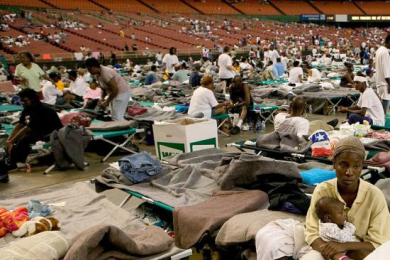The need of a close relation between disaster risk reduction and the health sector has been highlighted at the 68th World Health Assembly on the basis of the Sendai Framework for Disaster Risk Reduction 2015-2030.
“The Sendai Framework is an opportunity for countries to shift their focus from managing disasters to managing risks which requires a better understanding of risk in all its dimensions of vulnerability and exposure, a key priority for disaster risk reduction over the next fifteen years. […] The health status of disaster-exposed populations is central to the achievement of the overall goal of the Framework of achieving a substantial reduction of disaster risk and losses in lives, livelihoods and health,” stated Ms. Chadia Wannous, UNISDR’s health focal point.
She stressed the importance of building stronger cooperation between health authorities and relevant stakeholders to improve the capacity for disaster risk management for health, to implement the International Health Regulations and to build resilient health systems at both regional and global levels.
Raising awareness and strengthen capacity among health workers is an essential factor to make national health systems more resilient and integrate disaster risk management into primary, secondary and tertiary health care, especially at the local level.
“A strong health sector is a vital part of building people’s resilience to disasters. Priority 3 of the Sendai Framework calls for public and private investment in disaster risk prevention including in health facilities and other life-saving and harm-reducing measures,” added Ms. Wannous.

